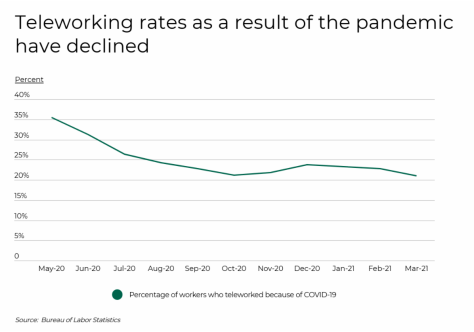The global frozen French fries market is anticipated to reach a valuation of US$ 36.5 billion by the end of 2033, expanding at a CAGR of 4.5% across the assessment period (2023 to 2033).
French fries are manufactured from potatoes. They are prepared and served hot and in different shapes, including thin strips, curly, and waffles. Moreover, they are served with salsa, mayonnaise, ketchup, and others and are extremely popular around the world. French fries can be either deep-fried or baked.
Growth of the global market is attributed to the increasing count of companies providing online food delivery services, including Food Panda, Swiggy, Uber Eats, and others. They have made ordering food items an easy and convenient task. In addition, rising product launches by prominent market players are predicted to push the market forward.
For instance,
- Aunt Bessie is a frozen chip brand that is based in the United Kingdom. The company added novel products to its portfolio of frozen potatoes, which included French fries and seasoned potato wedges.
- Nowadays consumers are looking for food that is easy to prepare and instantly available. French fries are popular around the world as they are the most likable snacks among all types of age groups. Youngsters are the key consumers of frozen French fries. In certain places in North America, French fries are one of the most commonly consumed dishes. They are also served with fish and can be prepared at home. In addition, frozen French fries are a nice Sunday evening snack to share with family or friends.On the other hand, increasing incidence of obesity around the world has resulted in rising awareness related to healthy eating habits. The excessive consumption of frozen French fries can lead to various cardiovascular diseases. Thus, these health-related factors are anticipated to limit the adoption of frozen French fries to some extent.
Key Takeaways from Market Study
- The global market for frozen French fries has been forecasted to expand at a CAGR of 4.5% through 2033.
- The Canadian market is estimated to increase at a CAGR of 3.7% during the forecast period (2023 to 2033).
- Demand for frozen French fries in Germany is projected to advance at a CAGR of 3.5%.
- The global market is valued at US$ 23.5 billion in 2023.
- Worldwide sales of frozen French fries are predicted to reach US$ 36.5 billion by 2033-end.
Competitive Landscape
Key manufacturers of frozen French fries are incorporating several strategies, including new product launches, partnerships, product development, and others to gain a competitive edge.
For instance,
- LMW RUS is a prominent manufacturer of frozen potato products in Russia. In June 2021, the company entered into a deal with Igor Artamonov, who is the governor of the region Lipetsk.
- McCain, in June 2022, announced the launch of its new Farm of Future Africa in the world food chain.
- The Kraft Heinz Co. and Simplot Food Group, in February 2022, entered into a deal. According to the deal, Simplot, which is situated in Boise, Idaho, will become the sole producer as well as supplier of the Ore-Ida brand of Kraft Heinz.
More Valuable Insights on Offer
Fact.MR, in its new offering, presents an unbiased analysis of the global frozen French fries market for the period of 2023 to 2033.
The study divulges essential insights into the market on the basis of product (white potato fries, sweet potato fries), application (food service, household), and across five major regions of the world (North America, Europe, Asia Pacific, Latin America, and MEA).













